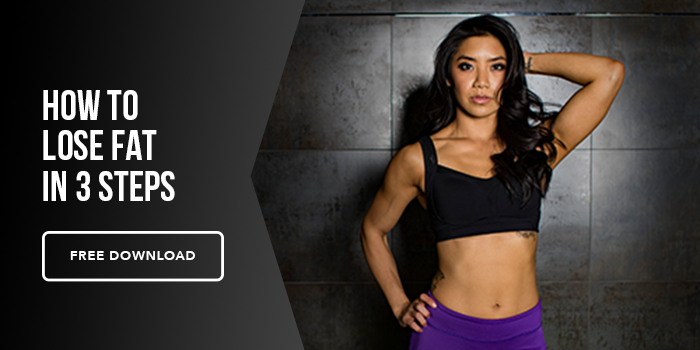Losing weight can be a struggle. If it wasn’t, most people would be successful at it. More often than not, a majority of people will start a diet, lose weight, then regain the weight back (if not more), than those who lose weight and maintain. And many times, women think they are at a disadvantage.
When it comes to the strategies and physiology behind weight loss, is it reasonable to assume that weight loss would look different for a woman than it would for a man?
Testosterone
The truth is, women biologically carry a greater percentage of fat mass than men. Testosterone has a lot to do with it. Men naturally secrete more of it than women do, and testosterone has a direct effect on muscle tissue synthesis. Testosterone also affects a muscle fiber’s protein content by promoting the release of Growth Hormone (GH), and works with neural receptors to initiate structural protein changes that alter the size of the neuromuscular junction. The neuromuscular junction is where the nerve and muscle fibers meet.
Both men and women see a rise in testosterone as physical activity increases, but female concentration levels are only 1/10 of males. This means women benefit from the anabolic effects of weight training but not nearly to the same degree as men.
Muscle Mass & Resistance Training
Despite the fact that women tend to carry less muscle mass than men, it shouldn’t mean that they should train differently. In fact, gaining muscle helps women initiate some of the same metabolic advantages as they decrease their percentage of fat mass.
Resistance training is the best solution to gaining muscle and building a strong metabolism. Both men and women benefit from more muscle; a higher percentage of lean muscle mass increases a person’s basal metabolic rate (BMR). Your BMR is the number of calories your body needs to accomplish its most basic life-sustaining functions.
Skeletal muscle is made up of long, tubular cells called muscle fibers, where they bundle up and are surrounded by a layer of connective tissue. These muscle fibers require a lot of energy to maintain and contract, so the body is working harder–hence burning more calories–than a body with less muscle mass.
Men and women also tend to carry fat differently; men predominantly carry fat around their abdomen, while women tend to carry it around their hips. It is usually in these areas that men and women see the slowest fat loss. Exclusion of individual factors such as overall body fat percentage, diet, hormones, where they are in their training program, etc, it's not uncommon that fat loss will occur in different sections of the body when comparing men and women.
In terms of the type of exercises, number of sets, etc, there aren’t specific parameters to follow based on gender. Women can use the same equipment and lift at a heavier intensity to gain similar results as men.
I say similar for a reason. There are many individual factors that come into play, but weight loss can be a little bit slower for women because of the reasons we’ve discussed. To be most successful at losing weight, gaining muscle mass through resistance training is the best course of action for men and women; it might just take a little bit longer for women.
Diet
When it comes to diet, women shouldn’t necessarily eat differently, but they probably require fewer calories than their male counterparts. All of the major macros–carbs, protein, and fat–are all important, and neither men nor women should drastically reduce either one as an effective weight loss strategy.
Men and women differ in body composition, where men’s skeletal and muscle mass weigh more than that of women. With a higher basal metabolic rate (BMR), men require more calories, so a female’s calorie deficit will look different than a male’s.
When it comes to diet, women generally don’t need to eat as much, but both should follow similar healthy eating guidelines. The Intuitive Nutrition Guide is a great place to start.
Final Thoughts
Overall, based on differing hormone profiles and body composition, it may be a little harder for women to lose weight. But for the most part, a female’s approach to losing weight shouldn’t contrast too much with how a male loses weight.
In the end, it all comes down to the individual and how much work and consistency they put into their training and lifestyle changes.






